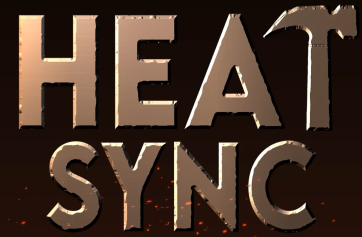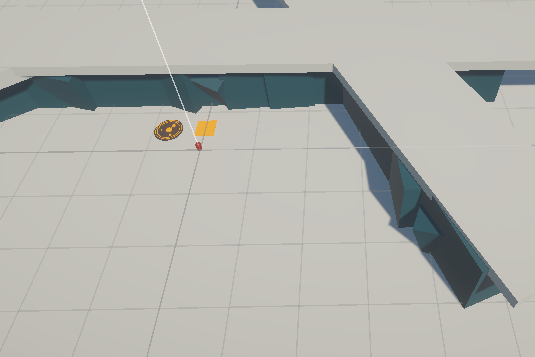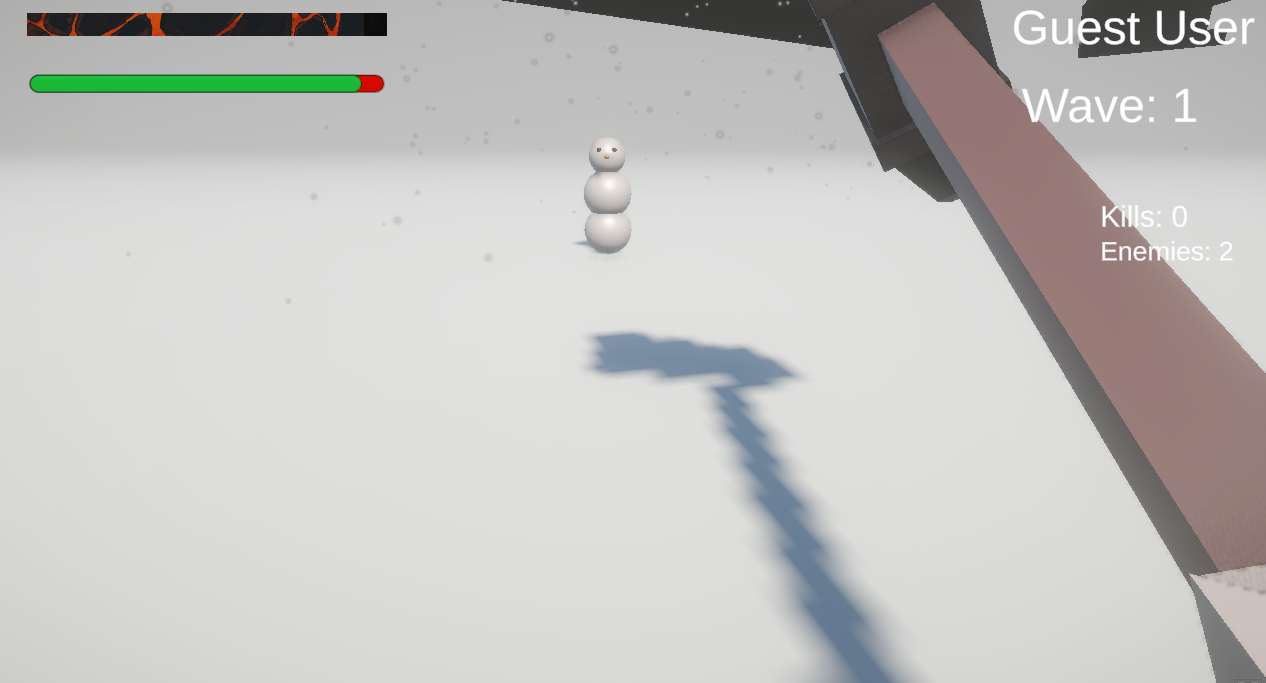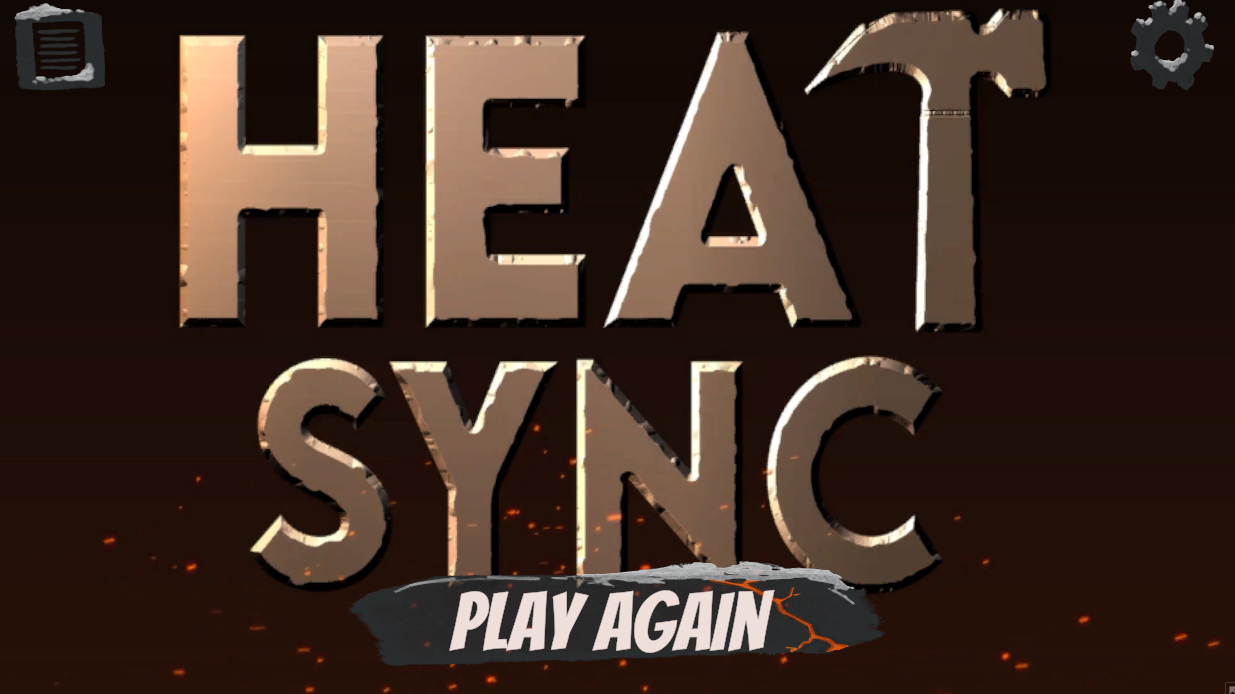
HeatSync
Controls:
WASD - Movement Mouse - Player Rotation Left Click - Swing / Attack
Right Click - Dash E key - Explosion Space - Jump
Left Shift - Sprint
POSTMORTEM - A Reflection on Creation, Challenges, and Triumphs
In the realm of game development, few experiences are as enriching, demanding, and revealing as the final project for a game development course. This blog post delves into the journey of a dedicated team of students who brought to life "Heat Sync," a game that not only tested their skills but also showcased their passion for game design. This project was a collaborative effort, with each member bringing unique talents to the table: James with sound design and the innovative forge heat bar system; Jack with the intricate combat system; Tony with the explosive special attack; Arthur with the creation of the snowman enemy; and Pehara with stunning assets and art. Together, their synergy and dedication were the keystones of this endeavor.
The Evolution of Heat Sync -

Heat Sync began as a vision for a survival platformer game, where a weapon's temperature would dictate its effectiveness. The original concept was ambitious, featuring a weapon that would heat up or cool down based on the player's accuracy. However, as development progressed, the team made a pivotal decision to simplify this mechanic to a forge system, focusing on a heat meter that would increase as long as the player remained on top of it. This adjustment not only streamlined gameplay but also allowed for a more intuitive player experience.
The ambition to create a wave-based game remained steadfast, though the idea of incorporating bosses was eventually set aside. The team felt that excluding bosses would lead to a smoother gameplay experience, a decision that proved wise given the time constraints.
Triumphs and Tribulations -

The development of Heat Sync was a journey marked by both significant achievements and challenging obstacles. The implementation of the heat meter, special attacks, and increasingly difficult enemy waves were highlights, reflecting the team's ability to bring their vision to life. The collaborative spirit and shared joy in the game's final version underscored the project's success.
However, the journey was not without its hurdles. Initial aspirations for a third-person perspective were curtailed by time constraints, leading to the difficult decision to forego player animations. Technical difficulties, such as issues with navmesh and enemy navigation, presented mid-project challenges. Yet, these obstacles became opportunities for growth, teaching the team valuable lessons in adaptation and problem-solving.
Lessons Learned and Future Aspirations -

Reflecting on the experience, the team acknowledged the value of external resources and the importance of time management. For future projects, leveraging assets from platforms like Mixamo could alleviate time pressures and enhance the game's visual and mechanical complexity.
Given an additional week of development, the team expressed a desire to enrich the game further, focusing on polished assets, expanded player abilities, and enemy variety. The potential addition of boss fights or waves was also a tantalizing prospect, showcasing the team's unbridled creativity and ambition.
In Conclusion -

"Heat Sync" stands as a testament to the team's hard work, creativity, and ability to navigate the challenges of game development. This project was not just an assignment; it was a journey of discovery, teamwork, and passion for the art of game creation. The lessons learned, both technical and collaborative, will undoubtedly serve as invaluable guides for future endeavors in the world of game development.
